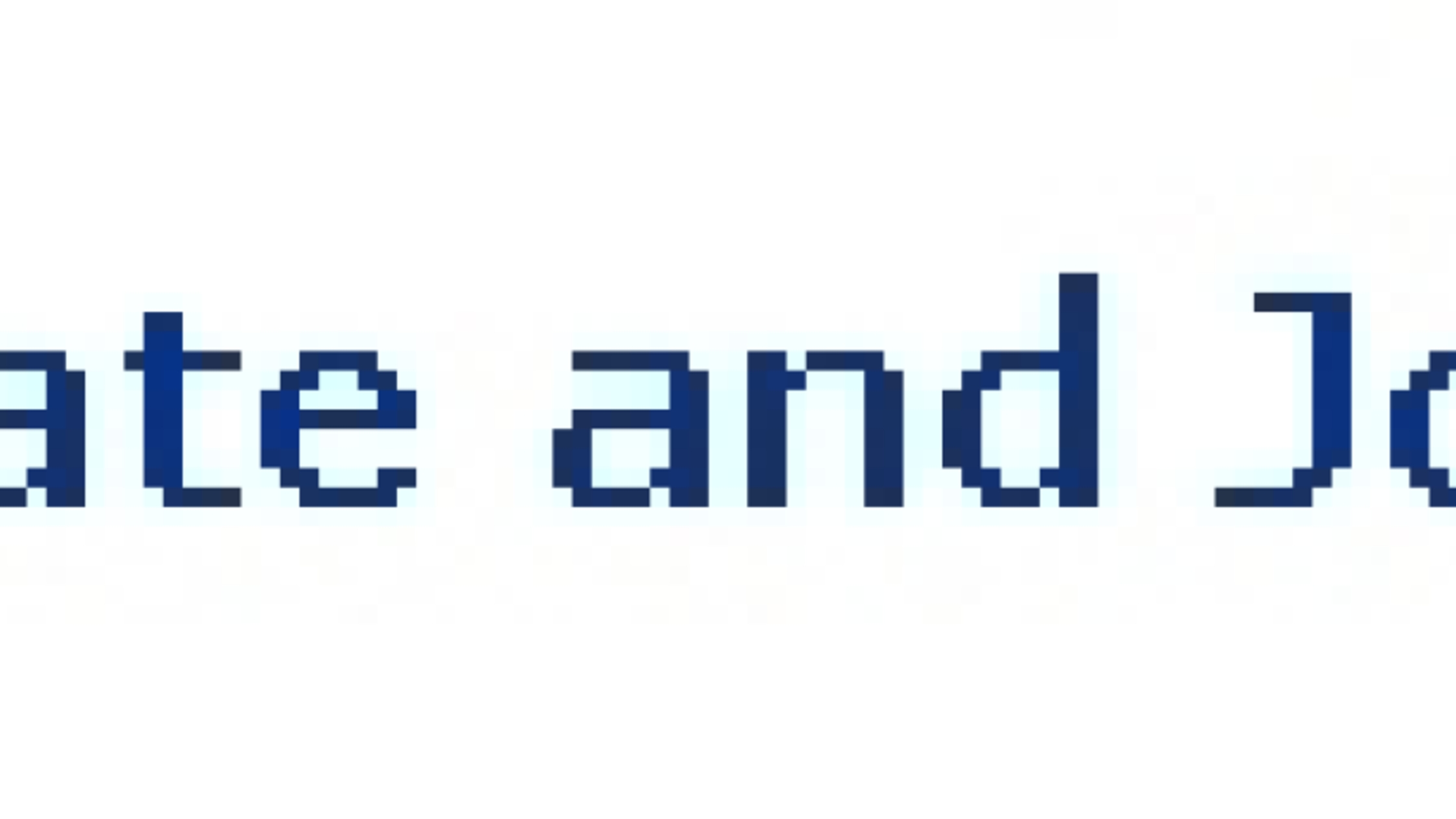PLoS ONE Collections
You may be aware that PLoS ONE has started creating Collections of articles in various areas of research. Two months ago we put together the first such collection – Stress-Induced Depression and Comorbidities: From Bench to Bedside and a month later, we unveiled our second collection – the PLoS ONE Paleontology Collection.
This post overviews what our Collections are all about. It is important to keep in mind that there are two types of Collection at PLoS ONE:
The first type is a one-off, ‘closed’ collection, often associated with a Conference, a Consortium or a Research Center. In this case we ask for, or are offered, a group of manuscripts (in the range 10-40 papers) which are all submitted roughly at the same time, peer-reviewed in the normal fashion, evaluated by the journal according to our normal evaluation process and then, if accepted, published roughly at the same time. The Collection then serves as a Proceedings from the meeting, or a collection of the research output of a Center, Society or Consortium etc. Papers can still be added over time going forwards (for example, as that research group publishes new content), and so the Collection has the potential to become a ‘living’ Collection of the output from a specific group. Although the closest analogy to a PLoS ONE Collection is a ‘special issue’ of a journal, because of the ability to add new content over time, a PLoS ONE Collection is actually a lot more flexible and powerful than a traditional ‘special issue’. The Stress-Induced Depression and Comorbidities: From Bench to Bedside is an example of this kind of Collection.
The other kind is different – it is an ‘open’ collection (in the sense that any paper we publish, provided it fits the scope of the Collection, can become part of that Collection). This means that all of our papers to date that deal with the topic (and meet the scope) can be included in the Collection. Furthermore, future articles will be automatically added to the Collection as soon as they are published. The Paleontology Collection is an example of such an open collection and contains all the content we have published in the field of Paleontology.
There may be other types in the future. For instance we may determine (using an expert editor, or article-level metrics for example) the ‘top’ articles that we have published on a single topic, and highlight them in some sort of ‘best of’ Collection.
The articles in a Collection will always be placed together, prominently displayed and easy to find – just a single click is needed to get there. Each of the articles also prominently displays the link to the Collection it is a part of, so everything is nicely linked together.
It is also important to note that all papers are published as part of the ‘normal’ run of the journal (and so their citation reference is simply the normal citation that any PLoS ONE paper would have). Inclusion in a Collection is simply an attribute of a paper (a ‘tag’ as it were) and so a Collection is simply a way to ‘collect together’ (or ‘aggregate’) published papers on a single topic. Because of this, a single paper can conceivably appear in multiple Collections. It is also worth noting that PLoS ONE Collections can include papers published in other PLoS titles.
We assume that by placing articles in a topic together, we will highlight to readers the activities (and the broader developments) that are happening in that area. We hope that by seeing this content together in this way, authors and readers will be stimulated to engage in discussions, either using our on-site tools for notes, comments and ratings, or offsite on their personal blogs, sending trackbacks to the articles so they can be easily found there.
If you are organizing a scientific meeting, or are a member of a scientific Society, Consortium or Center, and would be interested in submitting a set of manuscripts for a potential Collection, please contact me at Bora@plos.org.
